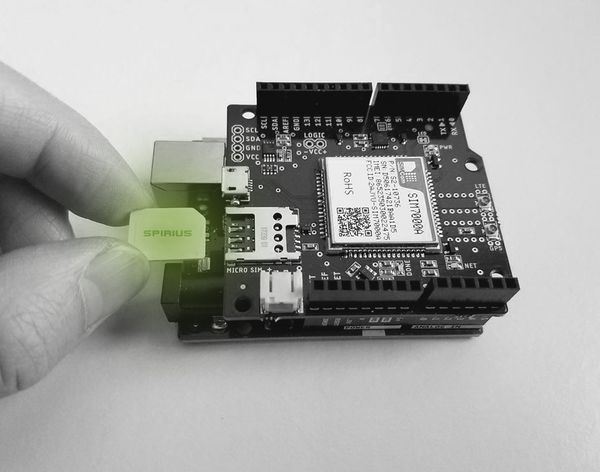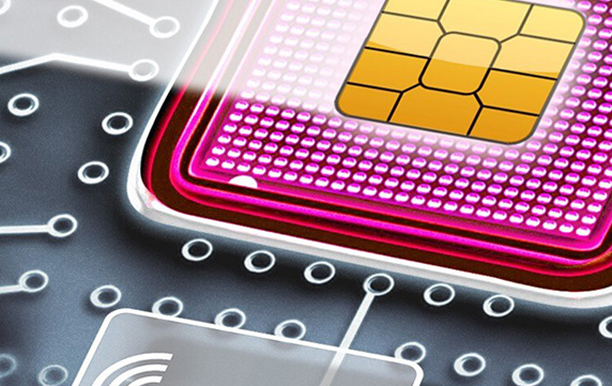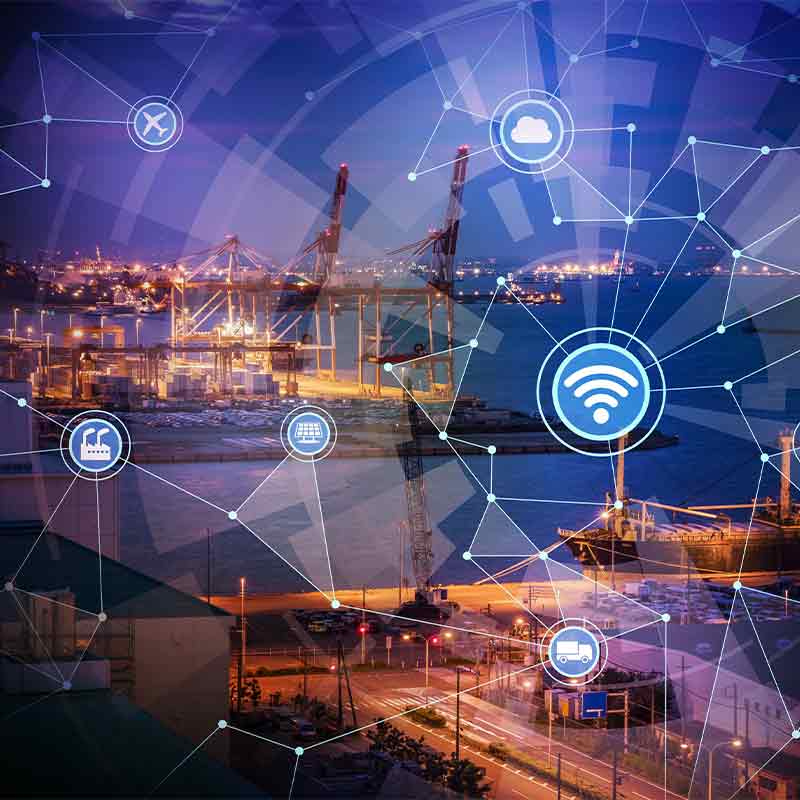IoT Connectivity Definition Knowledge Zone for IoT Connectivity
IoT Connectivity Definition Knowledge Zone for IoT Connectivity
Blog Article
IoT Connectivity Market Overview of IoT Connectivity
The rise of 5G technology is revolutionizing quite a few sectors, and the Internet of Things (IoT) is among the most importantly impacted areas. This transformation is reshaping the way units connect, talk, and function together in a community. As more units turn out to be interconnected, the demand for speedy, reliable, and efficient connectivity escalates, which is the place 5G steps in.
Traditional cellular networks struggle with the massive knowledge transfers required in an more and more linked world. With its low latency, higher bandwidth, and elevated capability, 5G networks are designed to beat these limitations. The implications are vast, ranging from smart homes to smart cities, and even in industrial applications.

A crucial characteristic of 5G is its capability to help a larger number of devices simultaneously. This functionality comes at a time when millions of sensors and units are anticipated to connect with the internet. Enhanced connectivity fosters not just a better user experience but in addition helps advanced applications that require real-time feedback and synchronization among multiple units.
In smart properties, 5G enables numerous home equipment to operate seamlessly together. Smart thermostats, security systems, and energy management tools can communicate promptly, making dwelling environments more energy-efficient and safe. Users profit from real-time updates about their residence environment, ensuring they have full management, irrespective of where they're.
IoT Connectivity Security Pros and Cons of Top IoT Connectivity Technologies
Similarly, in healthcare, 5G is enabling telemedicine solutions to thrive. With faster data transmission charges, sufferers can interact in virtual consultations, whereas medical gadgets like wearables can ship critical health info to healthcare providers in real-time. This reduces the need for in-person visits and permits for a extra proactive strategy to healthcare management.
Industrial IoT functions are additionally experiencing rapid growth as a result of 5G. Manufacturing and logistics sectors more and more rely on connected machines and devices that collect data and supply insights. Predictive maintenance turns into a norm as units talk potential issues, allowing firms to behave earlier than small issues escalate into significant failures.
IoT Connectivity Plan Future of IoT Technology Connectivity
Additionally, the advent of smart cities is very influenced by 5G technology. Infrastructure similar to traffic lights, waste management systems, and public transportation can operate more effectively via better connectivity. For instance, real-time site visitors information may be utilized to optimize site visitors move, lowering congestion and emissions.
Security is a paramount concern within the IoT panorama. As connectivity expands, so do the opportunities for cyber threats. 5G networks promise improved security measures that defend the information integrity of connected devices, lowering the vulnerability of private and industrial belongings.
As more sectors adopt IoT know-how, the need for rapid and reliable communication turns into critical. 5G provides options not only in latency discount but in addition in robustness. This resilience ensures that even in high-density environments, such as stadiums or city centers, gadgets can constantly talk without disruption.
Industrial IoT Connectivity Best IoT Connectivity Management Software
Another noteworthy factor is the energy efficiency that 5G brings to related devices. With demands for greener know-how growing, the low energy consumption related to 5G networks means IoT devices can function longer on battery life, contributing to both value financial savings and sustainability. This is crucial as extra units try to function with out frequent human intervention.
Through the various applications of 5G in IoT, a new panorama is rising where expertise can predict, analyze, and reply to person needs with outstanding accuracy. The data collected from interconnected devices can result in extra knowledgeable decision-making, enhancing consumer experiences across private and skilled domains. As we move in path of a more linked future, embracing these improvements might be essential.
IoT Connectivity Sim Exploring the World of IoT Connectivity

5G is not merely an enchancment in connectivity; it represents a foundational shift in how know-how interplays with daily life. The integration of 5G in IoT is paving the way for developments that may unlock new opportunities, enhance efficiency, click here to read and foster a extra intelligent interplay between machines and humans.
In abstract, the transformation pushed by 5G technology in IoT connectivity is unparalleled. Its functionality to assist a mess of linked devices whereas making certain rapid communication and elevated safety reshapes industries. The benefits span varied domains including healthcare, manufacturing, and concrete growth. As society progresses deeper into an interconnected reality, the significance of 5G in enabling a smarter, extra responsive world will turn into extra evident.
The introduction of 5G has just begun to scratch the surface of what’s potential for IoT. Future developments and applications will probably exceed present expectations, marking the dawn of a model new era in connectivity. Building on this momentum will be important, as businesses and customers alike prepare to harness the transformative power of 5G know-how.
- Enhanced data transmission speeds provided by 5G enable real-time communication for IoT gadgets, drastically reducing latency issues beforehand confronted by 4G networks.
- The elevated bandwidth of 5G helps a bigger number of related units concurrently, allowing smart cities to operate seamlessly with hundreds of sensors and units.
- 5G’s capability to make the most of decrease frequencies helps penetrate buildings and concrete buildings better, bettering connectivity for IoT gadgets in challenging environments like factories or smart houses.
- Network slicing technology in 5G provides customizable connectivity solutions, enabling specific IoT purposes to obtain prioritized network resources based on their unique wants.
- Improved energy efficiency in 5G networks extends the battery lifetime of IoT gadgets, permitting for longer operational periods and reduced maintenance requirements for battery substitute.
- Advanced security protocols integrated in 5G infrastructure enhance the protection of knowledge transmitted between IoT devices, minimizing vulnerabilities in smart technologies.
- The low latency characteristic of 5G transforms critical applications corresponding to autonomous autos and distant surgery, where instant data transfer and responsiveness are essential.
- 5G facilitates edge computing, processing knowledge closer to where it's generated, which optimizes response instances and reduces reliance on centralized knowledge centers.
- The scalability provided by 5G allows industries to quickly evolve their IoT capabilities, accommodating new technologies and increased data loads without major overhauls.
- With 5G, extra refined AI and machine learning algorithms may be deployed in IoT systems, allowing for predictive analytics and decision-making based on real-time information flows.undefinedWhat is 5G and the way does it differ from earlier generations of cell networks?
IoT Connectivity Provider Essential Types of IoT Connectivity

5G is the fifth era of cell network know-how, providing faster speeds, lower latency, and elevated capacity in comparability with 4G and earlier networks. This permits a more reliable connection for an enormous variety of devices, enhancing the performance of IoT functions - IoT Connectivity.
How does 5G improve IoT gadget performance?

5G enhances IoT device efficiency through its high velocity and low latency. This permits for real-time data processing and communication, which is crucial for applications like autonomous autos and smart cities, the place quick decision-making is important.
What industries will profit the most from 5G IoT connectivity?
Cloud Connectivity In IoT Strategies and Challenges of IoT Connectivity
Industries corresponding to healthcare, manufacturing, agriculture, and smart cities stand to gain significantly. For instance, 5G can assist distant surgeries in healthcare or enable real-time monitoring and automation in manufacturing, resulting in elevated efficiency and safety.
Will 5G connectivity be extensively accessible for IoT devices?
While 5G infrastructure is being quickly deployed, complete global coverage might take time. However, page many city areas are already seeing intensive 5G availability, making it more and more accessible for IoT gadgets in those areas (Internet Connectivity Principles In IoT).
Are there security issues with 5G IoT connectivity?
IoT Connectivity Policy Securing IoT Connectivity Solutions
Yes, 5G introduces new security challenges, similar to increased assault surfaces and potential vulnerabilities in the linked devices and infrastructure. Adopting robust safety protocols and standards shall be vital for shielding IoT networks from threats.
How does 5G influence the event of smart cities?
5G facilitates better communication amongst interconnected units in smart cities, enabling real-time knowledge sharing and analytics. This can result in improved visitors administration, energy efficiency, and enhanced public safety through smart infrastructure.
Mobile Data Connectivity For IoT Smart Connectivity for IoT Services
What function does edge computing play in 5G IoT connectivity?
Edge computing complements 5G by processing data nearer to where it's generated, reducing latency and bandwidth usage. This is especially beneficial for IoT applications that require immediate information evaluation, corresponding to autonomous driving and industrial automation.
Is 5G essential for the method forward for IoT?
While 4G can support some IoT purposes, 5G considerably expands capabilities, supporting extra units with higher efficiency and lower latency. As IoT continues to develop, 5G will be more and more very important for unlocking its full potential.
Web Connectivity In IoT Definition of IoT Connectivity
How can companies put together for the transition to 5G for his or her IoT solutions?
(Mobile Data Connectivity For IoT)
Businesses should assess their present IoT systems and decide the compatibility with 5G technology. Investing in scalable, flexible options and collaborating with telecom providers may help guarantee a smooth transition and take full benefit of the benefits that 5G offers.
Report this page